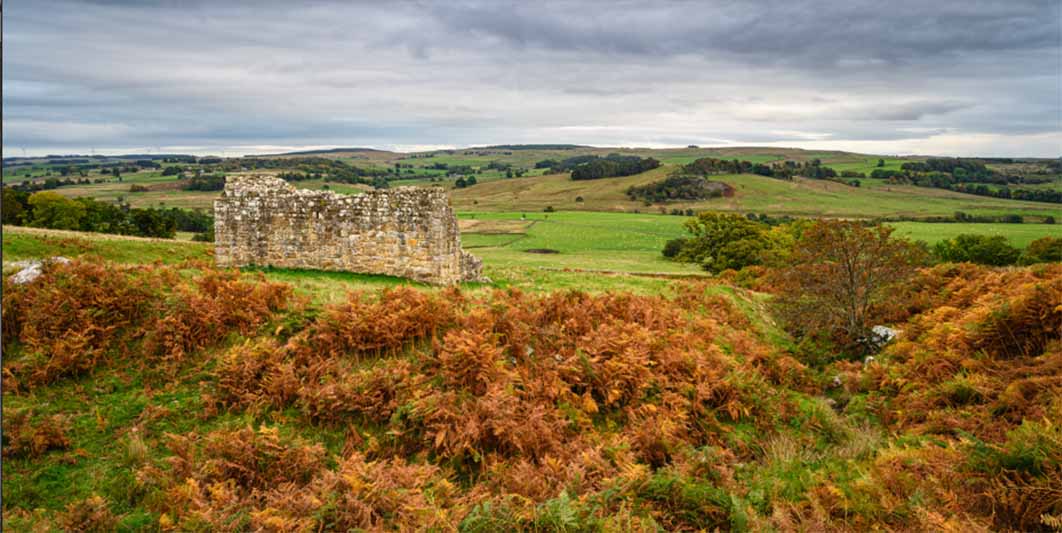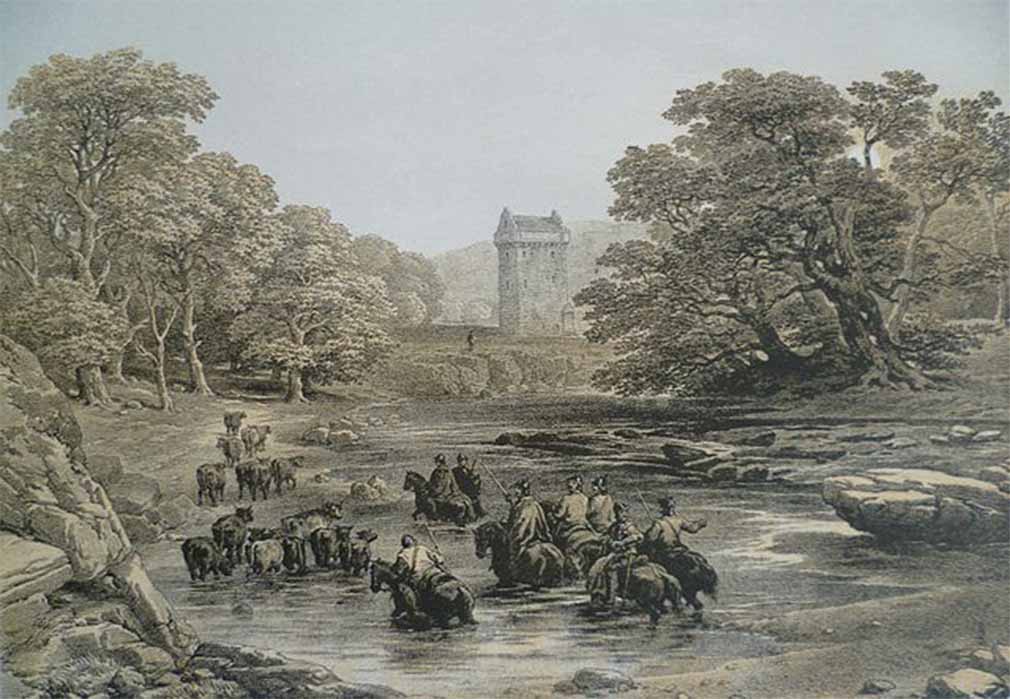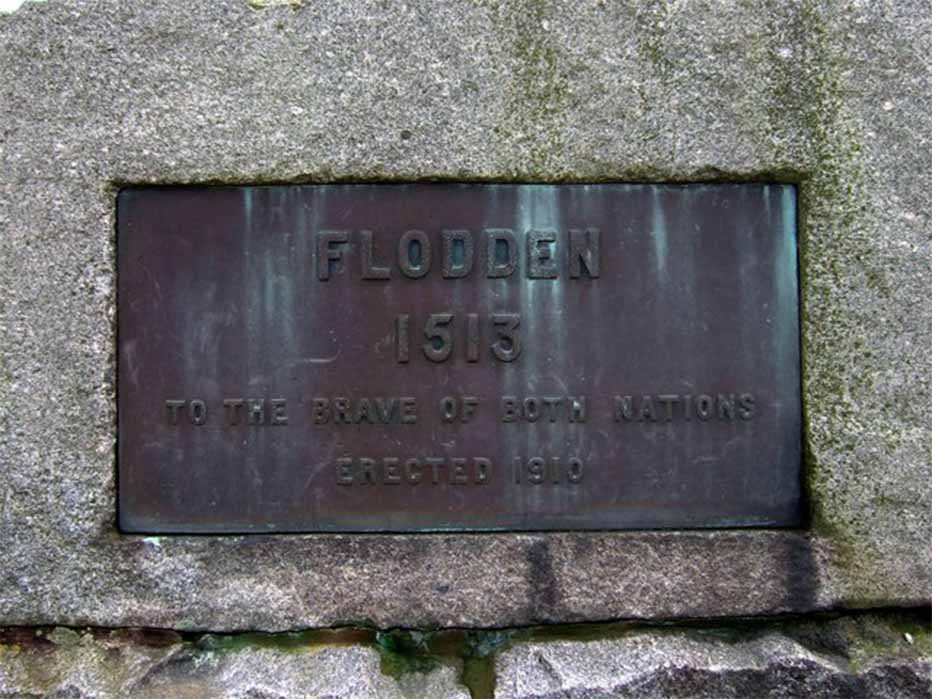
The Hot Trod: A History of the Anglo-Scottish Border
Here are two peoples almost identical in blood – the same language and religion; and yet a few years of quarrelsome isolation – in comparison with the great historical cycles – have so separated their thoughts and ways, that not unions nor mutual dangers, not steamers nor railways, nor all the king’s horses nor all the king’s men seem able to obliterate the broad distinction.
Robert Louis Stephenson
By the dawn of the 16th century, the upland riders – latterly known as ‘hobilers’ and then, in the reign of Henry VIII, as the ‘Border Horse’ – knew no occupation other than war. The riding names of North Tynedale and Redesdale – Charltons, Robsons, Milburns, Ridleys, Reeds, Dodds, Herons, and Halls – hounded Teviotdale and the Merse. Their Scottish contemporaries from Liddesdale – Armstrongs, Elliots, Bells and Crozers, along with the Scotts, Kerrs, and Homes – reciprocated with gusto. These border knights – or ‘Steel Bonnets’ [4], as they were later known, fought a never-ending intercnine conflict at a local level. It was one element in the broader canvas of the long war between the kingdoms, which often took on a European dimension.
Scotland had long been an ally of England’s old enemy, France. Indeed, in 1512, the ‘Auld Alliance’ between these two countries was extended, and all nationals of Scotland and France also became nationals of each other's countries, a status not repealed in France until 1903. The following year (1513) saw James IV of Scotland attack the English in support of his French allies, who were locked in battle with Henry VIII (1509–1547). The result was the bloody Battle of Flodden, in which the Scottish king, many of his nobles and 10,000 other men were killed. Things did not improve over the century.
- Remnants of Roman Roads and Fortresses in Scotland
- Sacred Moots: Scone of Scotland and Tara Hill of Ireland

Reivers at Gilnockie Tower in Dumfries and Galloway, Scotland, from a 19th-century print (Public Domain)
In exchange for land and low rents, the monarch required military service on demand. The reivers served as prickers, light horsemen with considerable skill at reconnoitering and armed engagement. Their region soon became heavily populated, a situation exacerbated by the gavelkind inheritance system, which on his death divided a man’s land between his sons; the parcels of land thus handed down were too small to provide an honest living. What had seemed a smart move proved disastrous. Like Frankenstein’s creature, armed service for tenure developed a life of its own. The unique provenance and nature of the reivers probably accounts for the need for defensive buildings along this border; the fortified bastles. No such building for domestic protection appears anywhere else in Britain.
On 9th September 2013, the 500th anniversary of the Battle of Flodden in North Northumberland, I was taking a tour group up to the monument on Piper’s Hill. New pathways had been laid in anticipation of a big turnout. We trudged along to the base of the conical mound where a rather nervous young community policewoman informed us there was a number of ‘Scottish’ people already on top and she hoped there wasn’t going to be any ‘bother’. The folk in the group with me were all of pensionable age, so I was able to reassure her that we could either climb the hill or start a fight but not both together. She seemed reassured and, as it turned out, the Scots bore no grudges, indeed they obligingly proffered whisky.

Commemorative plaque on Pipers Hill monument. (Stanley Howe/CC BY-SA 2.0)




